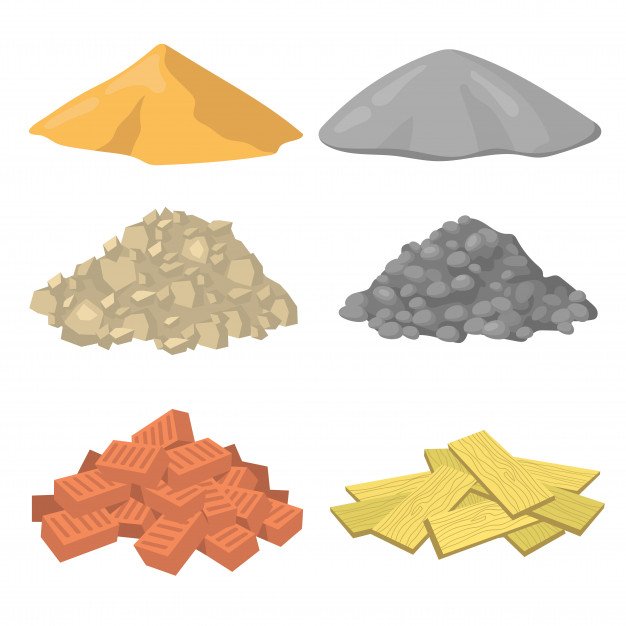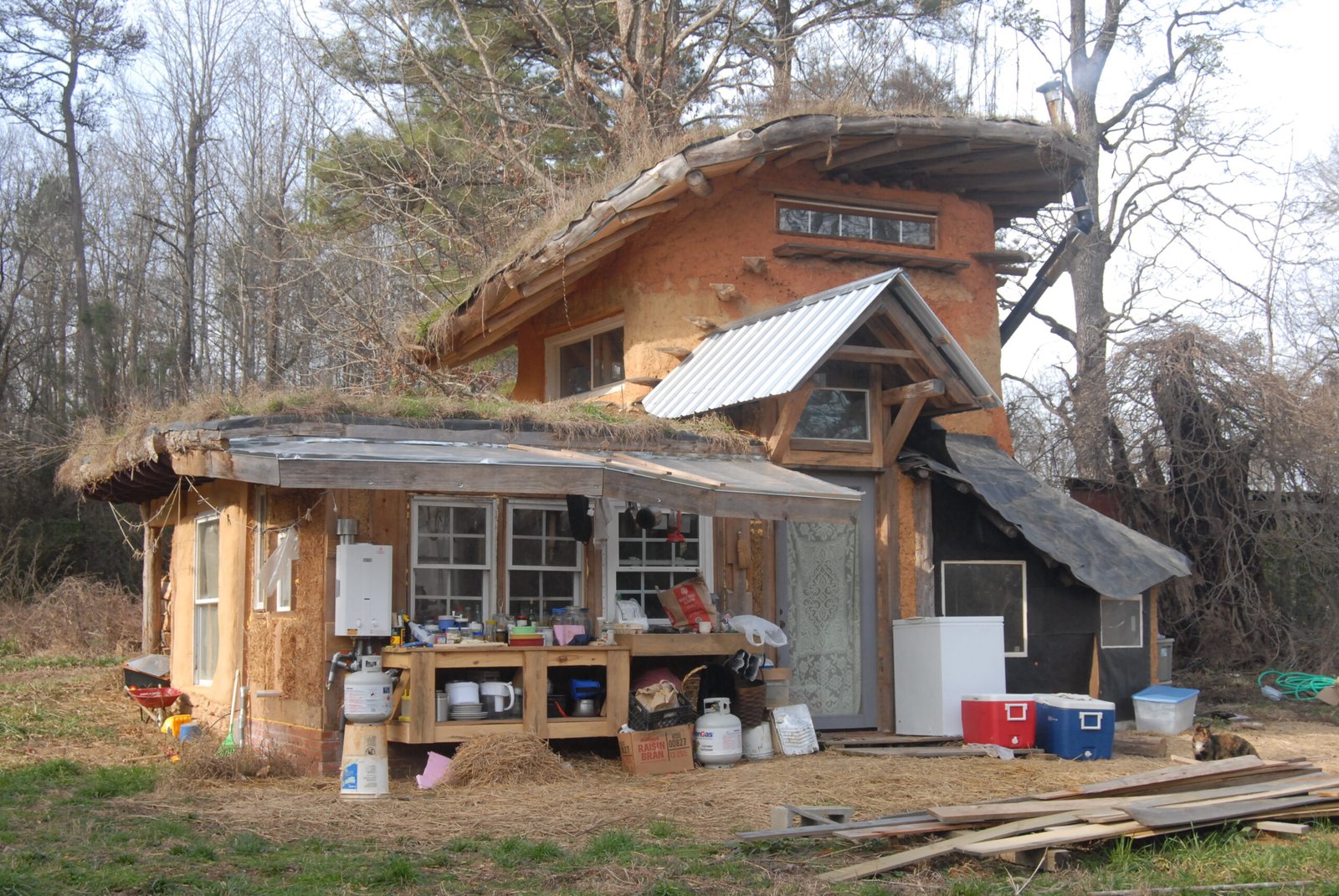Materiality in architecture refers to the usage and application of diverse materials in construction. With advances in the field of digital modeling and fabrication, the concept of materiality has gained traction. Moreover, with the concepts of sustainability and eco-friendly construction, materiality in architecture has moved towards utilizing nature-inspired elements in the design. The shape or form of a structure is the first point of contact between a user and the design, but the materials used, add character to the building and help in initiating a dialogue between the two. Thus the materiality is important in architecture for the shape and form of the structure. Materials have to be selected in the appropriation of the design. The selection criteria are based on the functionality of the structure. Therefore, materials are a prerequisite in the construction of any architectural project.

The common link between context, functionality, and aesthetics, is the design of the structure. Strong design concepts and the form are the two major factors that define the iconicity of a building. But what helps achieve this concept and form is the power of the material. Materiality in architecture renders a visual identity to the building. Material choices thus can make or break a design. Be it any concept or design genre, all of those are achieved and implemented by material choices. Material choice in architecture is also influenced by geographic, climatic, political, and social factors.
To unravel the link between nature, technology, and architecture, let us see some of the technologically advanced and environmentally friendly building materials and their usage.
Hempcrete

A hemp is a form of concrete made from the composition of sand and limestone. This can prove to be the next pathbreaking material to establish itself in the realm of eco-friendly construction materials. Hempcrete has the potential to become the most sought-after material for construction in the near future. With a goal to achieve net-zero carbon, major countries like California, Denmark, Austria, Germany, France, and Japan are moving towards using hempcrete on a commercial scale. Hempcrete is a carbon-negative material and is known to be a temperature regulating material thus, enhancing indoor air quality and comfort. Moreover, this material has properties such as fire resistance and is light in weight.
Cob

A mixture of subsoil, water, fibrous organic material – typically straw, and sometimes lime makes up the eco-friendly building material known as a cob. Cob construction facilitates easy addition and creation of cut-outs. Cob construction also eases up reshaping the forms even after the material is dry thus ensuring flexibility. This construction helps to minimize negative effects on the environment. The soil in cob construction is mostly sourced from the site of construction itself. This helps in curbing the sourcing costs and developing resistance against weathering due to its porous nature. Cob construction can withstand a long period of rains too.
Green Facades

Green walls or facades refer to growing green cover over the facade and have become a trend for mid-rise to high-rise structures around the globe. Green facades not only help in reducing Co2 emissions but also add an aesthetic appeal to the buildings. Moreover, these facades act as natural humidifiers and air purifiers. Green facades are the living facades that further help in controlling noise and trapping the environmental dust, keeping indoors clean and pollutant-free. Green facades also aid in instilling a positive environment and promoting mental wellness through built forms.
Corten Steel

Corten steel is weathered steel comprising of a group of steel alloys used in exterior building works. This building material has the unique property of using its acquired rust when left exposed, to build resistance against corrosion and the subsequent damage to the facade. Corton steel as a facade material exhibits robustness and seamlessly blends into its surroundings. This material is used in landscape design, as a facade element, and even for the construction of bridges.



